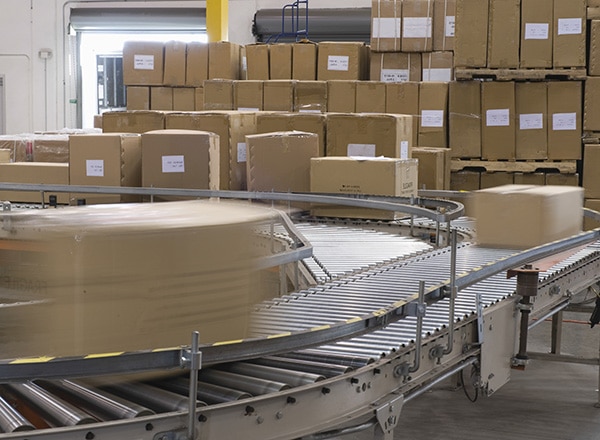When you started your business, you likely had very different inventory management needs. Maybe you started off with a few products, then grew into new markets and verticals. Along the way, you might have gone from keeping inventory in your garage to using a storage locker, and then finally moved into your own warehouse.
As your product lines have increased and your supply chain has become increasingly complex, your old approach to inventory management may not be cutting it anymore. Accurately accounting for inventory with a handful of SKUs is a vastly different job than accounting for hundreds—or hundreds of thousands.
Read on to discover the difference between periodic inventory and perpetual inventory management and how the latter can help your business save time and gain more understanding into inventory levels.











